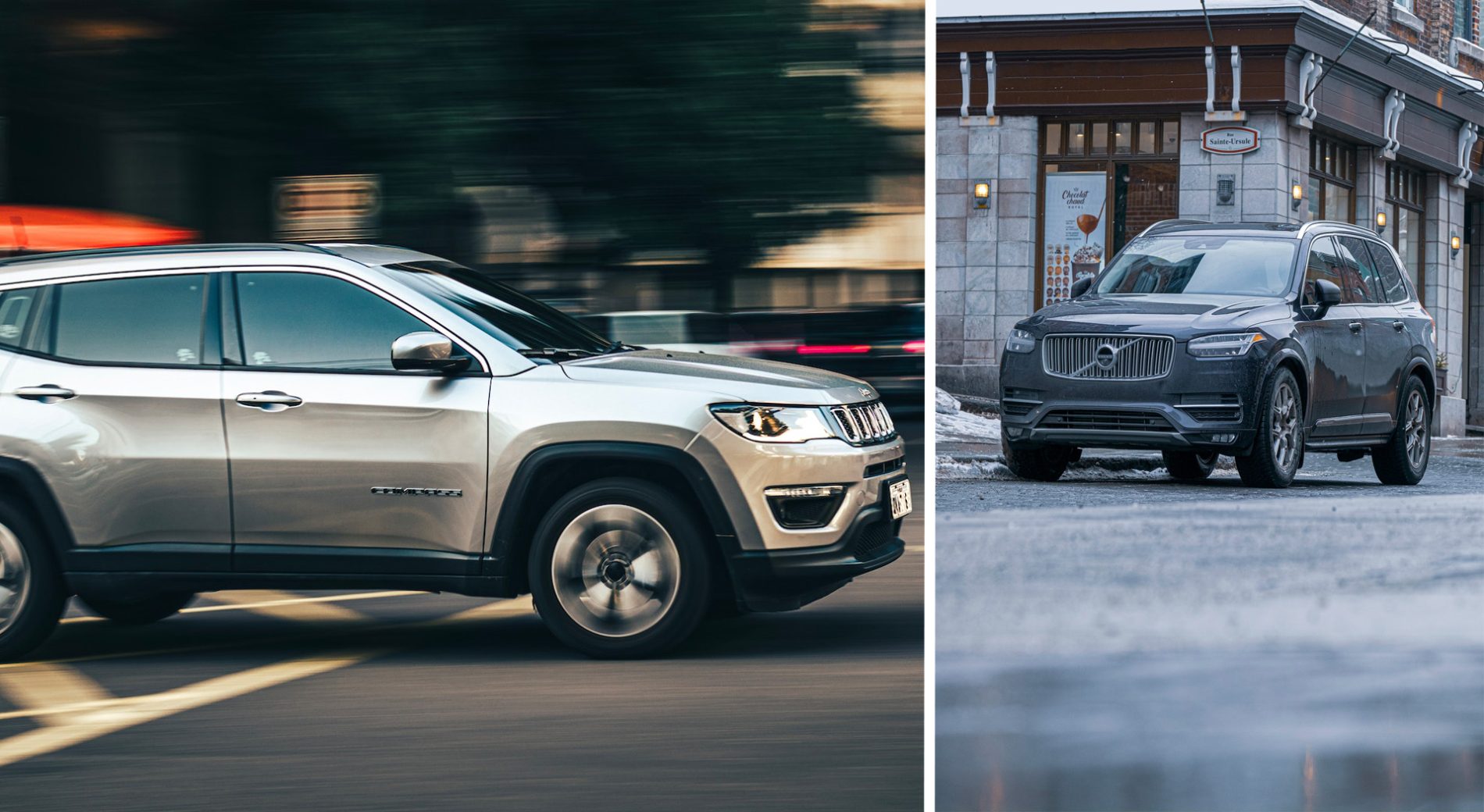If you’re in the market for a new vehicle, you may be wondering what type of wheel drive system would best suit your needs. Should you go with two-wheel drive (2WD) or all-wheel drive (AWD)?
It can be a tricky decision to make, so let’s look at the pros and cons of each option.

Two Wheel Drive (2WD)
2WD vehicles are the most common type of wheel drive system on the market. 2WD vehicles are powered only by the rear wheels, which makes them more fuel efficient than AWD models.
The main advantage of 2WD vehicles is their lightweight design; they weigh less than AWD vehicles, making them easier to handle and more responsive when turning or braking. They’re also better suited for driving on dry roads and in sunny weather conditions because they don’t require as much traction control as AWD vehicles do.
All Wheel Drive (AWD)
AWD vehicles are powered by all four wheels at once, providing increased traction control and improved handling in inclement weather conditions and on slippery roads.
The added weight of an AWD vehicle means that it won’t accelerate as quickly as a 2WD model, but its superior grip will help you stay in control if you have to brake suddenly or take sharp turns at high speeds. However, this added traction control comes at a cost; AWD vehicles tend to be heavier and more expensive than 2WD models due to their complex design.
Conclusion:
When it comes down to it, the decision between 2WD and AWD really depends on your individual needs and preferences. If you want a lightweight vehicle that accelerates quickly and offers superior handling on dry roads, then a 2WD model might be right for you.
On the other hand, if you need a vehicle that will help keep you safe in slippery conditions or during inclement weather, then an AWD model might be worth considering despite its higher price tag. Ultimately, there is no “right” answer here—it just depends on what works best for your lifestyle!



